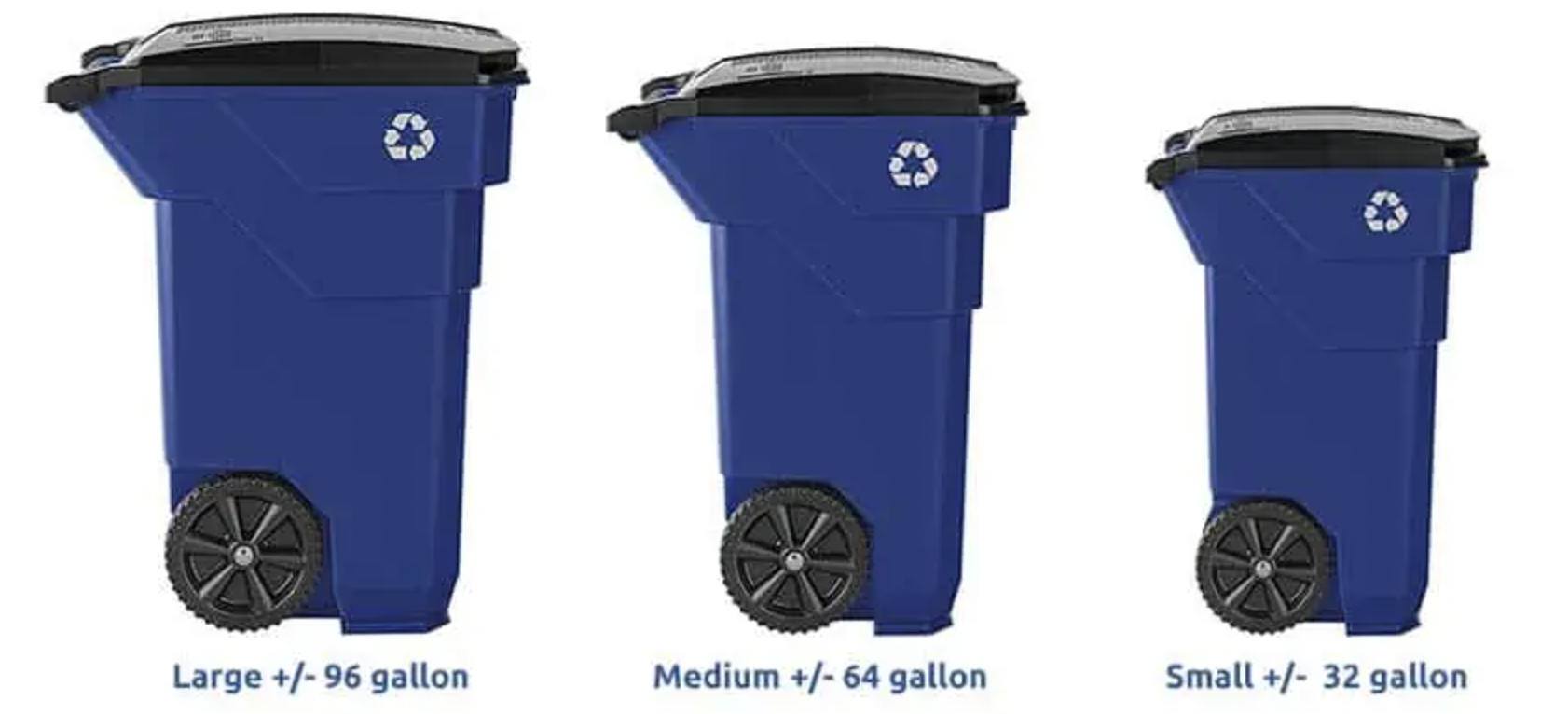Recently the City of Denver announced a series of possible changes in how waste and recycling services will be provided and billed. In particular they plan to move to a Pay-as-you-Throw (PAYT) system, where residents are charged on a volume basis for waste produced. The move to PAYT systems for waste disposal has been going on for 30+ years since people became conscious of the need to recycle — and the challenges inherent in encouraging everyone to do it.
Denver’s (and Colorado’s) situation reflects this. Although the City has a recycling goal of diverting 50% of materials from landfills, the City currently has a 26% diversion rate, which has barely risen over the past two decades. Adopting PAYT is seen as a critical step in achieving far greater diversion rates over the next decade.
Starting in the 1980s, the concept of pricing waste using a PAYT system began to gain momentum. Since then, there have been dozens of studies of individual communities which have adopted PAYT systems and all point to the positive effect it has on diversion. The most comprehensive overall look at PAYT was done in 2006 for the EPA. Prepared by Skumatz Economic Research Associates (whose CEO, Dr. Lisa Skumatz, is probably the leading economist in this field), it examined PAYT’s effects on recycling (and other things) in more than 7,000 communities that have adopted PAYT. This represented about 26% of US communities (today it is estimated there are more than 40% of US cities and counties with PAYT programs). The EPA study found many positive effects from PAYT, on overall recycling, yard waste diversion, and even CO2 emissions. Overall the study found PAYT reduced waste (on a weight basis) by 16% - 17%. The majority of the reduction was due to materials being directly diverted into recyclables, with the rest due to source-reduction efforts.
PAYT’s positive outcomes are the result of putting into practice that old economics saw, “decisions are made on the margin.” In economics, “on the margin” refers to the place where things change. Marginal cost, for example, is the added cost (change in cost) that a firm incurs when selling one additional product or service. Marginal revenue is the added revenue (change in revenue) from selling that additional product or service.
Forty years ago, most waste services were billed on a homeowner’s local tax bill. It was usually a single dollar amount per month, say $20. The problem is under this scenario, the marginal costs of disposing of more waste = $0. Whether I put out one, two or three 30-gallon bags of trash, I still paid $20. The marginal cost to me of bags #2 and #3 is $0. If decisions are made on the margin, this pricing structure encourages me to dispose of more and more trash, since fundamentally it’s free.
This is where PAYT obtains its effectiveness. Specific systems vary (carts, trash bags, etc.) but it costs more to dispose of more waste. Denver’s Department of Transportation and Infrastructure has suggested a possible pricing structure of $9 per month for a single 35-gallon cart service weekly, $13 for a 65-gallon cart and $21 for a 95-gallon cart. Under this arrangement, marginal costs are no longer $0. If I want to go from a 35-gallon cart to a 65-gallon cart (adding 30 gallons of waste per week) the marginal cost is $4. If I go from 35-gallons to 95-gallons the marginal cost is $12. In other words, it’s no longer $0. And although these prices are relatively low, most individuals — thinking on the margin — are not going to purchase more services than they need because of the added costs they incur. This ultimately is why PAYT systems encourage recycling: by incentivizing people to divert materials to lower-cost recycling options (or reduce waste altogether).

Lastly, we should remember even “free” recycling services are not costless. People must take time to separate materials and put them in the proper container. These are our “opportunity costs.” For many of us, recycling cuts into precious “leisure time,” which means our opportunity costs are high. This is why ensuring we are correctly charging for the real added (marginal) costs of waste disposal – which PAYT does – is crucial for encouraging diversion and waste reduction.
